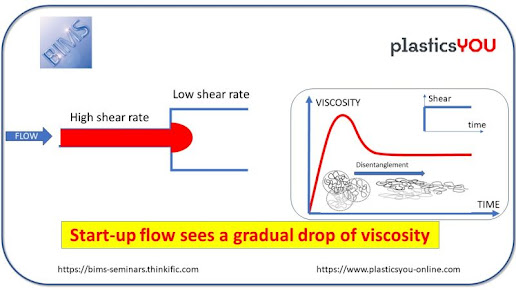Natureplast & Biopolynov Develop Customized Bioplastics Formulations from Seaweed
Natureplast, a French company specialized in bioplastics, has developed with its daughter company, Biopolynov, a brand new range of bioplastics made from non-food resources.
Established in late 2006, Natureplast is still the only company in Europe to supply European industries with bio plastics produced throughout the world. Natureplast's expansion led us to expand expertise with the creation of Biopolynov in 2010, the first research and development laboratory in Europe dedicated to bio plastics. This new division aims to modify and improve bio plastics' properties according to a functional book of specifications.
For more than ten years, the bio plastics market has been experiencing strong growth (20% per year). This growth comes from the continued development of new materials/additives and the creation of new production units throughout the World. However, today's bio plastics materials cannot always fulfill market demand.
To resolve this lack, Biopolynov develops customized formulations that meet processing and use constraints of the bio plastics produced for manufacturers (extruded wrap, injected/ thermoformed/ blowed parts.
Since 2010, in order to find alternatives to raw materials currently used (cereals/sugar...), Biopolynov has been developing new innovative bio plastics made from vegetative resources like seaweed or co-products of food-processing (olive seed powder??, resources that aren't in competition with food use. Biopolynov's formulation know-how has allowed developing bio based and bio degradable substitutes to conventional polymers like polypropylene for injection molding or thermoforming markets.
These new steps are intermediate stages while waiting for the second generation of bio plastics totally made from seaweed, cellulose, food waste and are scheduled to arrive on the market in 5 to 10 years' time.
Source: Natureplast



Comments
Post a Comment